Josephine Daub
3584 CS Utrecht, Netherlands
Princess Maxima Center for Pediatric Oncology
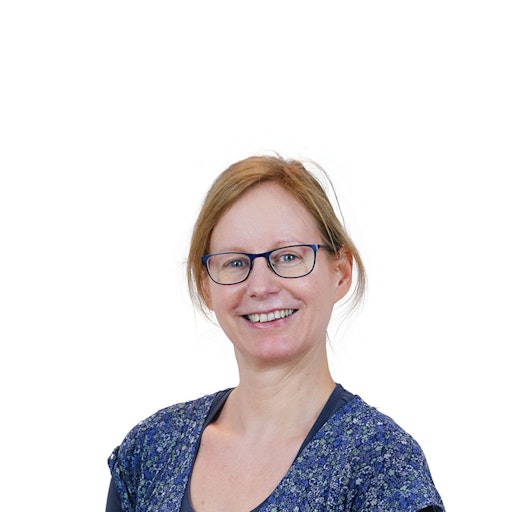
About
Postdoc / Bioinformatician
Princess Maxima Center for Pediatric Oncology
Cancer develops through the acquisition of multiple mutations, and it is assumed that genetic interactions between mutated genes play an important role in cancer onset and progression. One approach to find genetic interactions in cancer is to search for pairs of mutated genes in tumors that occur together more (or less) often than expected given the frequency of the individual mutated genes. Highly co-occurring mutated genes suggest a cooperative role of these altered genes in cancer development. Mutually exclusive gene pairs are possible examples of synthetic lethality, and are therefore interesting for the development of new cancer treatments.
We are working on the development of a computational pipeline to detect such significant cases of co-occurrence and mutual exclusivity in large pediatric cancer data sets. We focus our search on candidate gene pairs in specific cancer types as well as those pairs that are only found when all cancer types are combined in one set. Particularly challenging in our analysis is to distinguish between real candidates and false positives that can arise due to technical artifacts or incorrect assumptions about the background expectation.
Expertise
Data Science

Princess Maxima Center for Pediatric Oncology
research
Interests
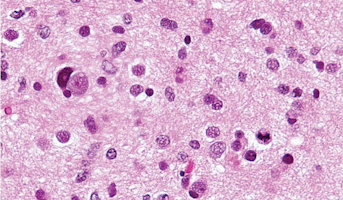
High-Grade Glioma
High-grade Gliomas (HGG) or astrocytomas in children nearly always result in a dismal prognosis. Although novel therapeutic approaches are currently in development, preclinical testing has been limited, due to a lack of pediatric-specific HGG preclinical models. These models are needed to help test
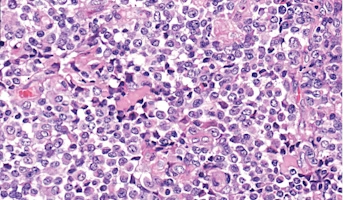
Atypical Teratoid/Rhabdoid Tumor
Central nervous system (CNS) atypical teratoid/rhabdoid tumor (AT/RT) is a very rare, fast-growing tumor of the brain and spinal cord. It usually occurs in children aged three years and younger, although it can occur in older children and adults. About half of these tumors form in the cerebellum or
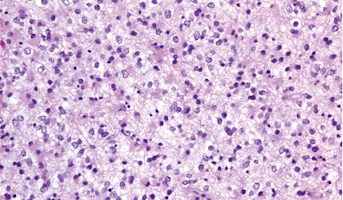
Low-Grade Glioma
Low-Grade Gliomas also called astrocytomas are the most common cancer of the central nervous system in children. They represent a heterogeneous group of tumors that can be discovered anywhere within the brain or spinal cord. Although surgical resection may be curative, up to 20% of children still su
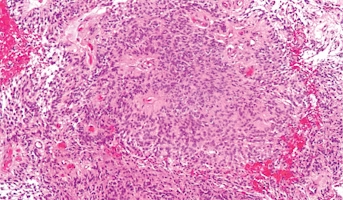
Ependymoma
Ependymomas arise from ependymal cells that line the ventricles and passageways in the brain and the center of the spinal cord. Ependymal cells produce cerebrospinal fluid (CSF). These tumors are classified as supratentorial or infratentorial. In children, most ependymomas are infratentorial tumors

